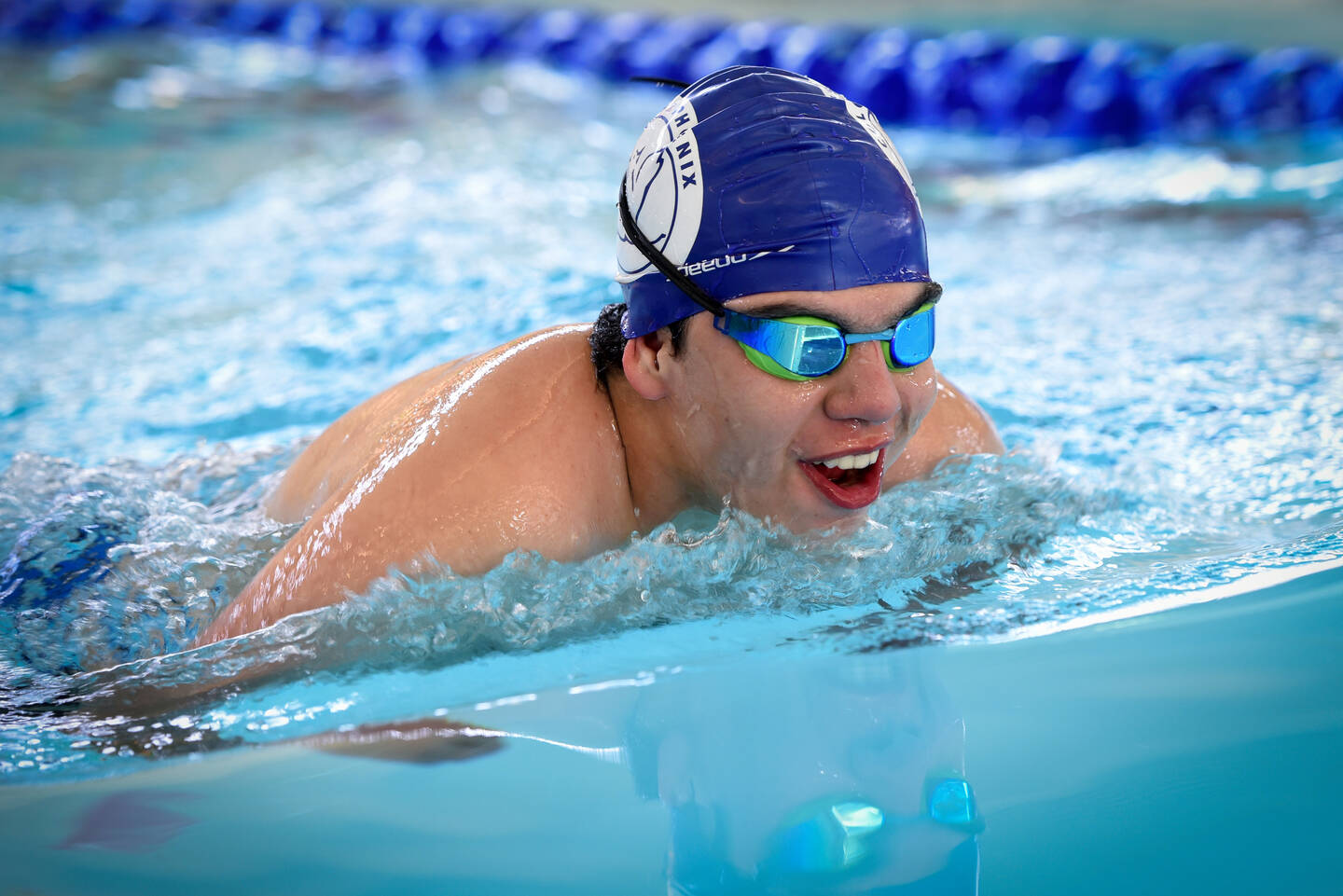Annual Survey: Differences for people with different impairment types
As part of National Inclusion Week, Activity Alliance has published two additional data reports based on findings from the fourth Annual Disability and Activity Survey.

This week, Activity Alliance has released an additional data report linked to our annual survey. The Differences for people with different impairment types report provides greater detail on how different impairment types can impact disabled people’s perceptions and experiences of sport and physical activity.
998 disabled people and people with long-term health conditions took part in the online survey between August and October 2022. This new data report complements our main Annual Survey report and Sport England’s Active Lives Adult Survey.
It outlines key data for people with seven types of impairment compared to the overall sample of disabled people, non-disabled people, and to previous years. The seven impairment types analysed were mobility, long-term health condition, mental health, hearing, visual, social or behavioural, and learning, understanding or concentrating.
Here are some of the key findings for each impairment type:
People with mobility impairments
- Almost 9 in 10 people with mobility impairments say their impairment stops them being active. Providing physically accessible environments, and suitable and appealing adapted activities will help encourage more people to be active.
People with learning impairments
- Almost all people with learning impairments had multiple impairments (98% vs 77% of disabled all people). Mental health impairments were the most common additional impairment (66%), followed by memory (51%), long-term pain (47%), and mobility (46%).
- 46% of people with learning impairments say they were not given the opportunity to be as active as they want to be, compared to 39% of disabled people and 22% of non-disabled people. They were more likely than disabled people on average to take part in recreational/fun team and individual sports (35% vs 19%).
People with long-term health conditions
- People with long-term health conditions usually take part in sport and physical activity in outdoor green spaces (46% vs 43%).
- 73% want to be more active (similar to 77% of all disabled people).
People with social or behavioural
- People with social or behavioural impairments may be more active and have more positive attitudes about being active than other disabled people. However, they can face more barriers – including a lack of confidence, a lack of support, attitudes from others, the impact of the pandemic on mental health, and financial barriers.
- Positively, people with social and behavioural impairments show a keenness to influence activities and policies that affect themselves and other disabled people. They’re also more likely to want advice from sport and physical activity professionals.
People with a mental health condition or impairment
- Fewer people with a mental health condition feel they were given the opportunity to be as active as they want to be compared to disabled people overall (33% vs 41%).
- They usually take part in sport, exercise or physical activity alone (66%).
- Nearly 7 in 10 (69%) people with a mental health condition enjoyed the last time they took part in sport or physical activity.
People with hearing impairments (D/deaf people)
- Two thirds D/deaf people want to be more active (65% vs77% of all disabled people).
- Similar to other disabled people, they were most motivated to be active to improve/maintain their physical health (65% compared to 64%).
- D/deaf people were less likely to say their impairment or condition stops them being as active as they would like compared to other disabled people (67% vs 80%). They were more likely to say this is because their impairment or condition makes them feel less confident (47% vs 34%).
People with visual impairments
- 80% of people with visual impairments agree being active could help them feel less lonely.
- People with visual impairments were more likely to say the increased cost of living reduced how active they were (47% vs 37%).
Click here to read the full impairment report and recommendations.
Our Research and Insight team lead the way in gathering insight on disabled people in sport and activity.
Visit our Annual Survey webpage to view our full Annual Disability and Activity Survey report for 2022-23, executive summary, and accessible formats.
Please contact our research team to discuss how to access, interpret and use the data. Email research@activityalliance.org.uk or call 01509 227750.